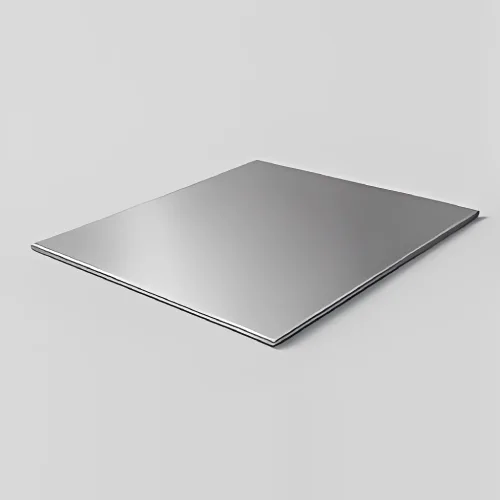
321 Stainless Steel Sheet
Keywords: 321,
Standard: ASTM, AISI, DIN, EN, GB, JIS
Technique: Hot Rolled/Cold Rolled/Galvnized
Processing Service: Welding, Punching, Cutting
Available Size Range: Click here
Volume: 0
Get A Quote
Keywords: 321,
Standard: ASTM, AISI, DIN, EN, GB, JIS
Technique: Hot Rolled/Cold Rolled/Galvnized
Processing Service: Welding, Punching, Cutting
Available Size Range: Click here
Volume: 0
Get A Quote| Challenge | 321 Sheet | 304 | 347 |
|---|---|---|---|
| Weld Decay Resistance | Immune (ASTM A262 Practice E) | Fails within 50 cycles | Immune but higher cost |
| Continuous Service Temp | 870°C (oxidizing) / 525°C (reducing) | 815°C / 425°C | 900°C / 540°C |
| Nitric Acid Resistance | Safe up to 65% concentration | Corrodes above 20% | Safe up to 70% |
Composition: 17.5% Cr / 9% Ni / 0.4% Ti / 0.08% C (UNS S32100 compliant)
Thermal Expansion: 17.3 µm/m°C (20–100°C) for reduced stress in cyclic heating
Surface Finishes: 2B mill, No. 1 hot-rolled, or blasted for high-temp adhesion
1. Automotive & Aerospace
Exhaust manifold liners | Jet engine combustion casings | Afterburner thermal shields
2. Chemical & Petrochemical
Nitric acid storage tanks | Catalyst grids for reformers | Sulfur dioxide scrubbers
3. Energy
Boiler flue gas dampers | Heat exchanger tubes | Nuclear fuel rod cladding
4. Food Processing
Soy sauce fermentation tanks | Citric acid evaporator plates | Molten salt curing trays
Welding Protocol:
Filler Metals: ER321 or ER347 for critical joints | Avoid 309/308 fillers to prevent Ti dilution
Interpass Temp: Keep below 150°C to avoid sigma phase formation
Heat Treatment:
Solution anneal at 1.040–1.120°C followed by rapid water quenching
Machining:
Use sharp carbide tools with sulfur-free lubricants | Chip breakers recommended for continuous cutting
Global Proof of Resilience
Toyota Motors: “321 exhaust sheets in hybrid engines survived 200.000+ thermal cycles without cracking.”
Dupont Chemical: “Nitric acid reactor liners showed zero intergranular attack after 15 years at 60°C.”
NASA Contractor: “321 thermal shields on Mars rover components passed -180°C to 500°C vacuum tests.”
Products
Phone